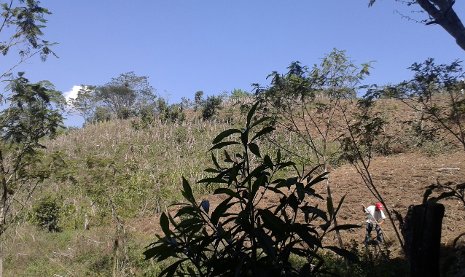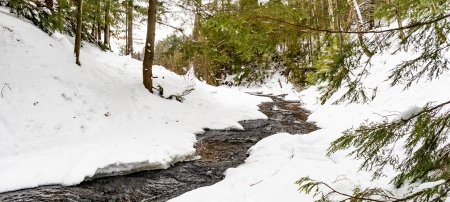Payments to Upstream Landowners to Protect Water Downstream: How Well is that Working

Mexico is paying upstream landowners to use their land to minimize pollution and maximize water availability in the communities that use that water downstream. It’s a very popular program in Mexico, but no one really knows how well it is working.
Two researchers from Michigan Technological University have joined with natural and social scientists from three other universities and the US Forest Service to study the impact of Mexico’s water payment program. The University of New Hampshire is leading the four-year research project, funded with a $1.5 million National Science Foundation (NSF) grant. Other partners are the University of Idaho, State University of New York College of Environmental Science and Forestry and the US Forest Service Northern Research Station in Grand Rapids, Minn.
“Our findings will help governments, non-governmental organizations, the World Bank and others who might promote programs like these to design their programs to be as effective as possible,” said Alex Mayer, professor of civil and environmental engineering at Michigan Tech and co-principal investigator (PI) on Tech’s part of the research.
The project is highly interdisciplinary, Mayer added. That’s why his co-PI is Kathleen Halvorsen, a professor of natural resource policy at Michigan Tech. She holds joint appointments in the Department of Social Sciences and the School of Forest Resources and Environmental Science and has significant experience working across disciplines.
Michigan Tech will focus on payments for hydrologic services in the state of Veracruz in southern Mexico, where landowners upstream are being paid to preserve forested land and plant new trees instead of clearing the land to grow crops or graze cattle.
“We want to know what the landowners and the communities downstream from them know about watersheds and pollution,” Halvorsen explained. “We want to find out if the program is protecting water quality and quantity downstream and how it is impacting the landowners and the communities who use the water.”
One of the social science aspects that the researchers will address is what influences a landowner to make a decision about joining the program. “We want to know if the payments are enough and whether they understand the connection between their land use and the downstream users of water,” Mayer said.
Why would researchers from the Upper Peninsula of Michigan be concerned with streams and watersheds in southern Mexico?
“We have watersheds right here that are being impacted by many human activities, such as mining, timber harvesting, residential and commercial development,” said Halvorsen. Like the people in Mexico, we have nonpoint-source pollution that is hard to trace, such as from land use-related soil erosion and contaminants from roads, lawns, and parking lots. What we learn there definitely could help us here.”
Michigan Technological University is an R1 public research university founded in 1885 in Houghton, and is home to nearly 7,500 students from more than 60 countries around the world. Consistently ranked among the best universities in the country for return on investment, Michigan's flagship technological university offers more than 185 undergraduate and graduate degree programs in science and technology, engineering, computing, forestry, business, health professions, humanities, mathematics, social sciences, and the arts. The rural campus is situated just miles from Lake Superior in Michigan's Upper Peninsula, offering year-round opportunities for outdoor adventure.




Comments